Basil is among the most cultivated aromatic plants both in home gardens and in pots, on the balcony. During its life cycle it can happen to see blackened leaves and a quick general decay, which leads in a short time to the death of the plant. Unfortunately, in fact, for some years this aromatic herb has been threatened by the presence of P. belbahriia fungal pathogen that causes downy mildew of basil.
In this article we see what the symptoms of this disease are and how to prevent it with adequate agronomic measures.
What is basil blight
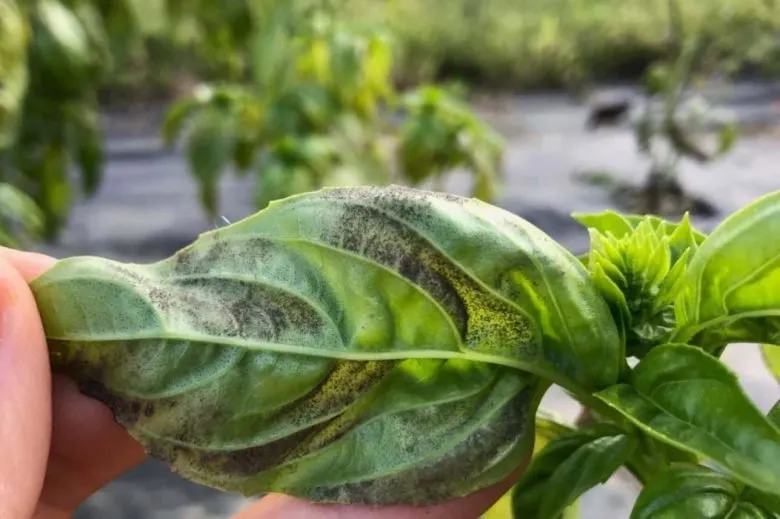
The disease that causes the sudden blackening of the basil seedlings is caused by the fungal agent downy mildew belbahrii, hence the name of basil downy mildew. These are oomycetes fungi that reproduce very effectively through zoospores, when the pathogen finds the ideal environmental conditions.
This disease was reported for the first time in Italy in 2003with the most serious episodes of infestation occurring in 2014, so much so that there is talk of basil killer fungus.
The first firebox in the world was identified in Uganda in 1932.
Predisposing environmental conditions
The pathogen of basil blight develops optimally when there are temperatures between 18 and 24 ° C. In addition, high humidity of the air and the surface of the leaves is needed. With these conditions it is enough that there is an infected plant in the field for the disease to spread to healthy plants.
The fungus is unlikely to hit basil in midsummer, when temperatures are highest. More frequently, seedlings are at risk in early spring or late summer.
The disease can affect both greenhouse and open field plants.
Infected seed
Peculiarities of the downy mildew belbahrii is to easily survive in seeds. 1-2% of contaminated seeds are enough to have serious infestations in the field, with considerable economic damage, starting with the companies that produce the famous Ligurian basil pesto.
Initially, the presence of basil downy mildew was limited to the northern regions, but precisely because of the infected seed it is now widespread throughout the national territory.
Symptoms of downy mildew on basil plants
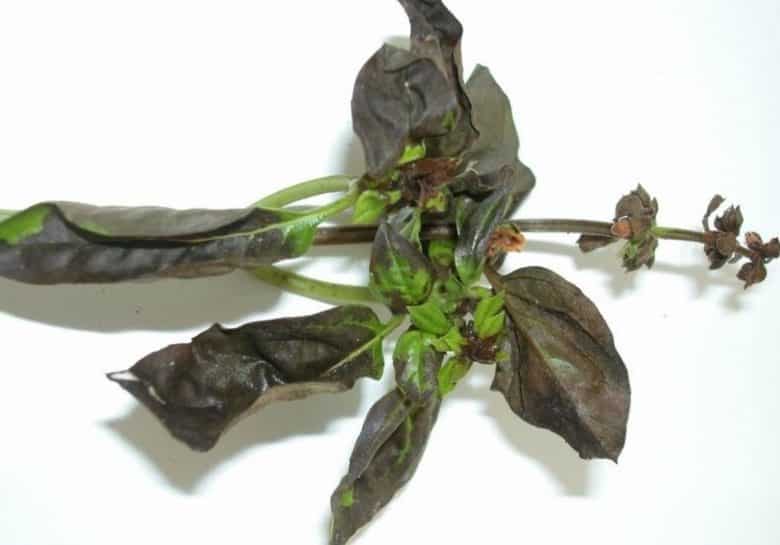
Symptoms of downy mildew are visible on basil, initially, on the underside of the leaves. These take on an anomalous yellowing, with the central vein remaining green. This symptom is sometimes mistakenly considered a nutritional deficiency. In a short time, however, the spots spread over the entire leaf surface and, sometimes, even on the stems. Here, necrotic lesions of varying sizes are created, which change from yellow to brown and then to black.
The black leaves then begin to bend, then sag and eventually dry out, possibly resulting in the death of the plant. By observing them more closely, it is also possible to notice the proliferation of the pathogen, with brown-greyish formations.
How to prevent basil blight
Correct agronomic management is the key to preventing basil blight, provided that the seed tanning operations need to be improved. Water and humidity are factors that predispose to the multiplication of zoospores and therefore of the disease.
The advice is to absolutely avoid rain irrigations, which directly wet the leaves. With great care, the soil must instead be watered directly, but without soaking it, creating dangerous water stagnations.
It is also important to maintain aeration in the plants, respecting a suitable transplantation pattern. If possible, expose the plants to the sun for at least a few hours a day. If you have many plants in the field, at the first symptoms eradicate the affected ones, so as to immediately stop the spread of the pathogen.
Finally, if the disease has hit during one season, change the potting soil or practice a long one crop rotation (at least 2 years), before replanting the basil in the same place in the garden.



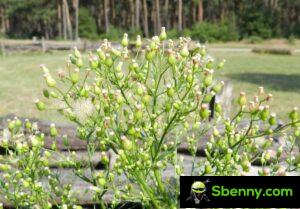
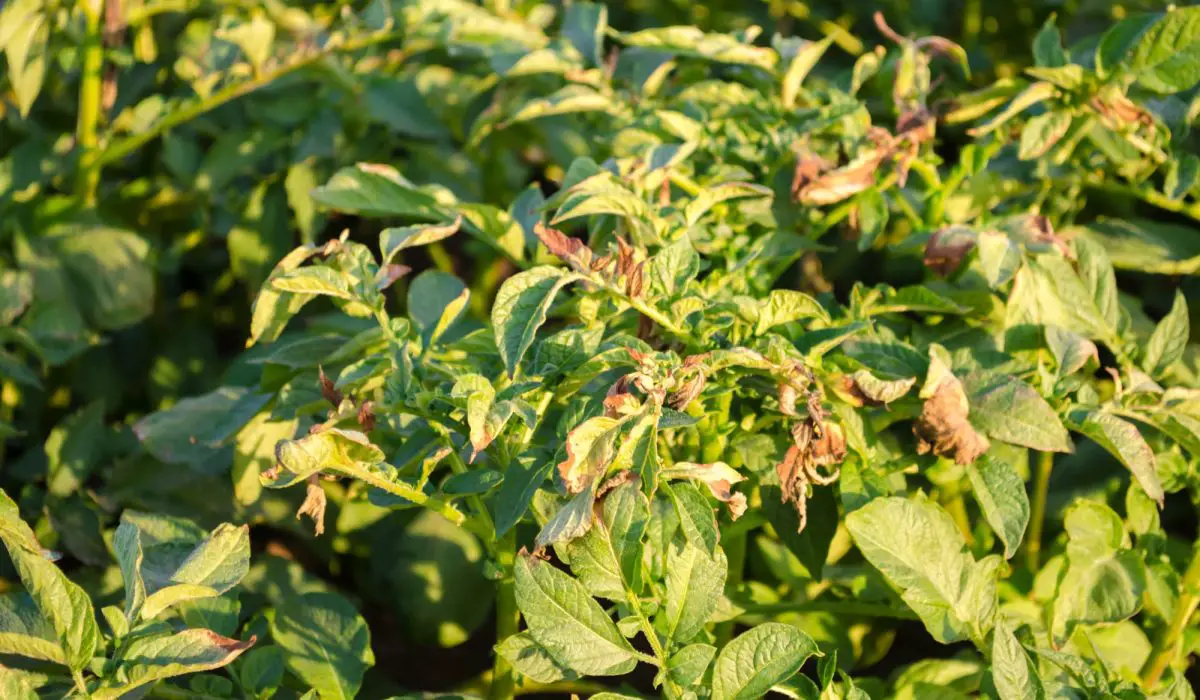
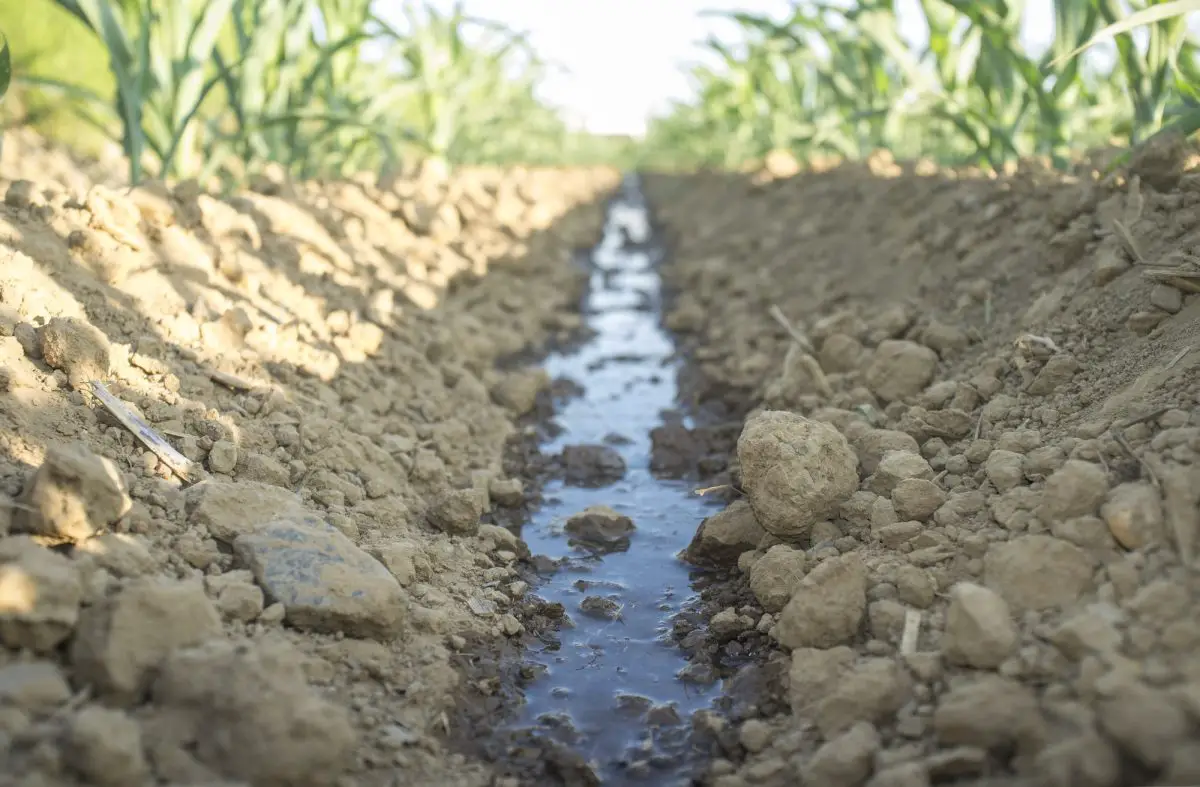
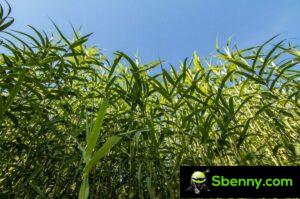
Start a new Thread